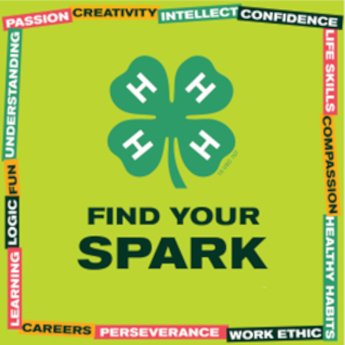Working well with other generations can serve as a win in the workplace
Generational differences in the workplace can be a challenge or an opportunity. What can you do to make it a great match?

Today we find a more causal workplace in both time and place. We have also seen a change in the dynamics of who we are working with. It can be challenging to meet the needs of the customers and the people with whom we work alongside. However, equipped with a greater understanding and improved communication skills, an employee can serve all generations and win for themselves and their establishment.
Millennials (Generation Y), Gen Xers and baby boomers make up the bulk of the workforce today, giving it a look like a mixed-up doubles tennis tournament.
How do we work effectively with other generations? What type of needs, goals and values do the different generations have? Reacting to teammates or coworkers in the workplace is somewhat like playing doubles in tennis. Who plays the net? Who runs the baseline? When do you come up and when do you stay back? You must understand not only your own strengths and weaknesses, but also how to react to the movements of your partner and how to handle what is coming over the net. Communication, openness and understanding can be the best approach for working with other generations. If you want to succeed in this new workplace, you’ll have to work as a team.
In this three-part series from Michigan State University Extension, these articles will look at the younger generations – Gen Y and millennials – and older generations – Gen X and baby boomers. Just as the demarcation lines of these generations can be debated as discussed in The Atlantic article “Here is When Each Generation Begins and Ends, According to Facts,” these articles will use some generalities and refer to these groups as older or younger generations.
It is not just the cutoff between years that can be in debate. Please be aware of stereotypes as it is discussed by Rebecca Hastings from the Society for Human Resource Management in “Generational Differences Exist, But Beware Stereotypes.” Sometimes the data and surveys don’t match with the charts or expectations. We are all still individuals and we still need to get to know each other, but we will be using these generational differences charts and this current information to gain a greater perspective and improve on our managing styles and how we better work with each other.
This series of articles will discuss how each generation can succeed in the multigenerational workplace of today. Also covered in this series will be how different generations can gain from each other the skills they may lack and how each generation can enrich the work experience. It is what each generation brings to the “court” that makes it that much more enjoyable and exciting. Working with someone of another generation can benefit your career and enrich your life.
The upcoming series will start off with communication, a key to any successful business or workplace. As the series continues, it will then cover the values that each of these generations possess and how to take advantage of those assets. It will touch on how to reward and give feedback to each generation. Finally, it will the address the learning aspect. Gaining from each generation an understanding of the skills they possess, and then passing that information on to others. All of which will make for better employees and a better workplace environment.
Michigan State University Extension and Michigan 4-H Youth Development help to prepare young people for successful futures. As a result of career exploration and workforce preparation activities, thousands of Michigan youth are better equipped to make important decisions about their professional future, ready to contribute to the workforce and able to take fiscal responsibility in their personal lives. For more information or resources on career exploration, workforce preparation, financial education, or entrepreneurship, contact 4-HCareerPrep@anr.msu.edu.
Other articles in this series



 Print
Print Email
Email





